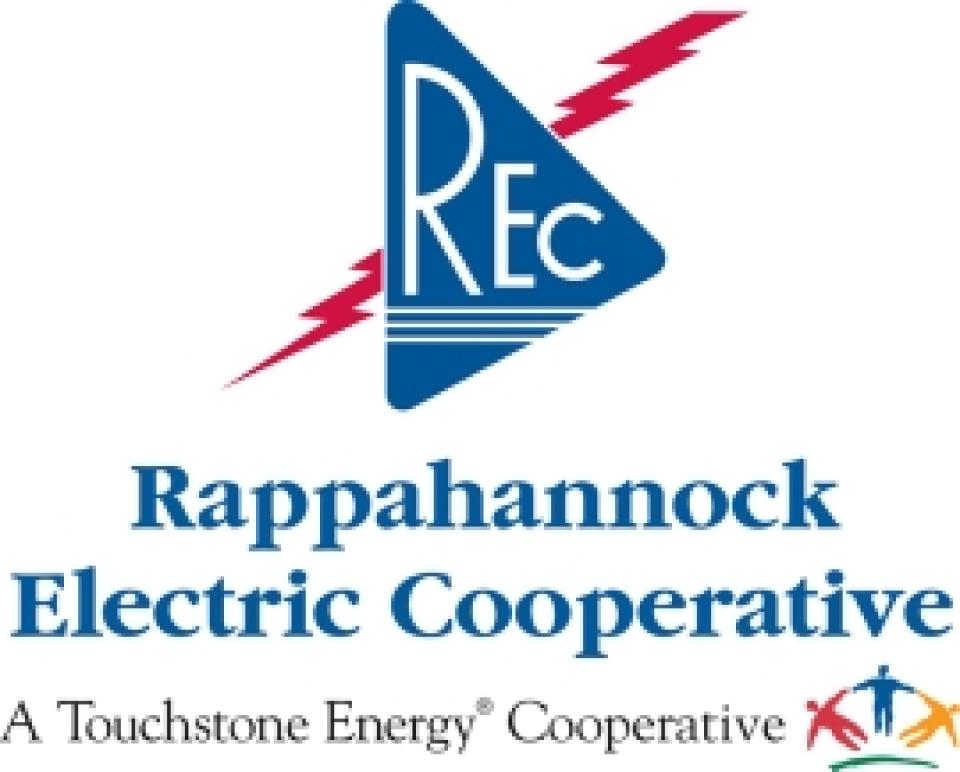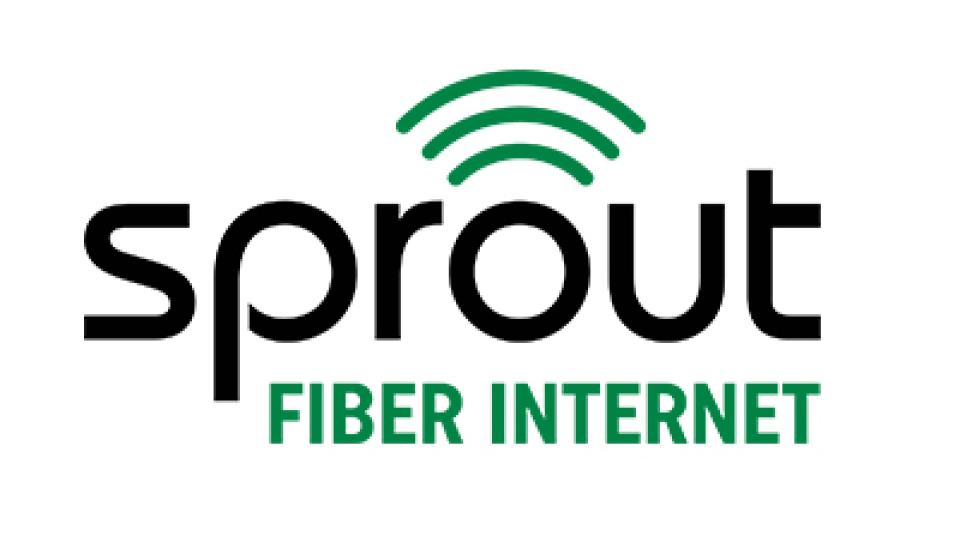
Fast, affordable Internet access for all.

After receiving $50 million in new federal funding, the New Hampshire Electric Cooperative (NHEC) has begun a major expansion of its fiber network across large swaths of the state, providing many long-frustrated rural residents access to ultra-fast, affordable broadband for the first time ever.
NHEC currently provides electricity to 88,000 largely rural homes and businesses across 118 New Hampshire communities. In October of last year, NHEC received a $50 million grant from the New Hampshire Business and Economic Affairs Department, made possible by the American Rescue Plan Act (ARPA).
“NHEC is a member-owned, nonprofit electric cooperative and our business is providing essential services to rural New Hampshire,” NHEC President/CEO Alyssa Clemsen Roberts said after the grant infusion. “We welcome the opportunity to provide much-needed high-speed internet to the same areas that NHEC first electrified more than 80 years ago. Grant funding is helpful to our plans to reach all underserved members, and we are grateful for the trust placed in us by the BEA to get the job done.”
That money is being used to shore up NHEC’s growing expansion into broadband access via NHEC's wholly owned subsidiary, NH Broadband. NH Broadband began planning its expansion into broadband in 2019, buoyed by another $6.7 million grant made possible by the CARES Act and the Connecting New Hampshire Emergency Broadband Program.

NHEC spokesman Seth Wheeler told ILSR that the initial CARES Act grant helped the company deliver affordable fiber access to 1,500 NHEC subscribers in six towns. The new $50 million grant will supercharge a cooperative effort by NH Broadband to expand that broadband access to 15,000 current NHEC electricity customers.
The Dover Bridge is the span of infrastructure that crosses the Choptank River into Maryland’s Eastern Shore. But it’s the Choptank Electric Cooperative that’s building a bridge across the digital divide in the rural reaches of the region.
Building on the fiber backbone that connects the co-op's smart grid, the member-owned cooperative began construction of a fiber-to-the-home network (FTTH) last year that will reach all 54,000 of its members spread out across nine counties. Now subscribers are being lit up for service as the co-op continues to extend the network.
Thanks to the passage of the “Rural Broadband for the Eastern Shore Act” in May of 2020, it paved the way for the co-op to create a wholly-owned subsidiary known as Choptank Fiber. Moving quickly, in April of 2021, just two months after network construction began, Sherry Hollingsworth – whose grandfather was the first to get electricity through the co-op back in 1939 – became the first member to get service.
At the ribbon-cutting ceremony outside her home in Denton, a town in Caroline County a little over an hour's drive from the nation's capital, Hollingsworth told The Star Democrat she was “honored” to be Choptank Fiber’s first subscriber because, like many households in and around the Eastern Shore, “we have struggled with our personal service and our business service for many, many years.”
An electric cooperative in Oregon is once again answering the call, fulfilling unmet needs for those living in places considered by monopoly providers as being unreachable and unlucrative. Coos-Curry Electric Cooperative (CCEC) broke ground last month on the construction of the Beacon Broadband Fiber-to-the-Home (FTTH) network, launching a project that will connect businesses and residents that have historically been left behind when it comes to broadband investment.
The project is estimated to cost $60 million, running more than 1,400 miles of fiber across Coos-Curry Electric’s service territory. The buildout time is anticipated to take three to four years.
Expanding the Economy Through Reinvestment
Coos County used to be one of the leading contributors to the growing timber industry in the early 1900s, and for a long time had a thriving fishing industry, both of which fueled the local economy. Today, the service sector and tourism drive the region.
“We will never be a timber economy again,” Paul Recanzone, general manager of Beacon Broadband told ILSR in an interview. “We’ve got to find a way to be a 21st century economy . . . we’re going to do tourism, we’re going to do work from home, we’re going to do artisan crafts where the artisans can demonstrate their wares on the Internet.”
CCEC was founded in 1939 with it’s first power lines going up in 1940 and spanning 84 miles. Today, 80 years later, it’s serving 13,000 members. As the economy shifted, CCEC saw the need for residents and emerging businesses to have reliable Internet access. But 20 percent of CCEC members received inadequate satellite or DSL Internet service.
In response CCEC created Beacon Broadband, a for-profit subsidiary of the cooperative, “to build a fiber network where no one else will go,” according to the Beacon Broadband website.
Over the summer, Windstream and Colquitt Electric Membership Corporation announced that the two entities will work together to expand fiber optic Internet access throughout the electric co-op’s service territory in rural south Georgia. Windstream, the fifth largest telephone company in the nation, will maintain ownership of the newly deployed network and use it to offer its Kinetic broadband services to residents and businesses, while Colquitt, which has more than 45,000 members, will take advantage of the fiber connectivity to improve the management of its electric grid.
The announcement came one year after Georgia lawmakers clarified that electric cooperatives in the state are able to invest in broadband infrastructure to serve their members and established guidelines for co-ops that want to get into the business.
Working Out the Details
According to Telecompetitor, the project will expand Fiber-to-the-Home connectivity and gigabit speeds to Colquitt members who currently have access to Windstream’s much slower DSL services.

Windstream plans to use Colquitt’s labor force and its Rights-of-Way and electric poles to help deploy the network, but the telephone company will own the actual fiber optic lines. Colquitt will receive an indefeasible right of use (IRU) for some of the fiber capacity for internal uses and smart grid applications.
When Craig Eccher, CEO Tri-County Rural Electric Cooperative, joined Christopher on the podcast last fall, he had an exciting project to talk about: the electric cooperative, after strong calls from its membership asking their utility to deliver broadband, stepped up and committed to an $80 million, 3,250-mile fiber build across the rugged terrain of rural Pennsylvania, the first leg propelled by $52.6 million in federal and state grants. Tri-Co Connections, the subsidiary building the network and serving as provider, has begun connecting residents in an aggressive plan to serve 10,000 users in the next three years. The move makes Tri-County the first electric co-op in Pennsylvania to enter the fiber space, and it's doing so in dramatic fashion.
More Humble Beginnings
A couple years ago, fed up member-owners of Rappahannock Electric Cooperative (REC) in Virginia banded together to form Repower REC, a grassroots group that’s seeking to reform the state’s largest electric cooperative and advocating for clean energy and improved Internet access.
Rural electric co-ops are supposed to embrace the cooperative principles of democratic member control and concern for community, but some of REC’s members charge that the co-op’s practices fall short of those goals.
Repower REC hopes to bring greater transparency and member oversight to the co-op, as well as clean energy programs and a cooperative-owned broadband network.
Cleaning up Governance and the Grid
Rappahannock Electric Cooperative serves 170,000 meters in portions of 22 counties stretching from northern Virginia toward the Chesapeake Bay. It is the largest electric cooperative in Virginia and one of the largest in the country.

Member-owners of the co-op launched Repower REC in 2018 in partnership with Solar United Neighbors of Virginia, in response to concerns over undemocratic practices and the lack of transparency at REC. The group has called for a number of reforms, including public board meetings and transparent board elections. People involved in the group have also spoken out against lobbying activities that they believe were not in the best interest of the co-op’s members. Repower REC members have run as candidates for the co-op board of directors, though none have won a seat as of yet.
Less than two years after Mississippi lifted its ban on electric cooperative broadband networks, at least 15 of the 25 co-ops in the state have announced plans to provide Internet access to members, with more on the way.
“I would venture to say that there is a higher percentage of co-ops launching [broadband] projects in Mississippi at one time than anywhere else in the country,” said Randy Klindt, partner at Conexon, a consulting firm that is working with several co-ops in the state.
The months in between were marked by two major changes. First, in January of 2019, the Mississippi legislature passed a law that enabled co-ops to create broadband subsidiaries to connect their members. Then a year later, the pandemic hit, highlighting the urgent need for better connectivity and turning the steady stream of cooperative interest in broadband into a veritable flood.
In response to the global health crisis, the state leveraged federal CARES Act money to establish a grant program to fund electric co-op broadband deployment. Through the program, Mississippi awarded $65 million to 15 electric cooperatives to build high-quality Fiber-to-the-Home networks in some of the state’s most disconnected and rural communities, dramatically ramping up the pace of the co-ops’ broadband projects.
“When we started two years ago, I would’ve guessed that you would have had maybe five systems out of 25 in the state that would be to the level where we are now,” Coast Electric Power Association (EPA) President and CEO Ron Barnes said in an interview. “Most people would tell you they were surprised by the speed,” he added.
Opening the Floodgates
Internet access has been lagging in rural Mississippi for years. The state came in at 42 in BroadbandNow’s most recent connectivity rankings. According to the Federal Communications Commission (FCC), at least 35% of rural Mississippians do not have access to the Internet at broadband speeds.
Get up to speed with how electric cooperatives are rapidly expanding rural broadband access by watching a recent webinar on the topic from the Community Broadband Action Network (CBAN). The webinar is part of CBAN’s Lunch and Learn series, and it features panelists Christopher Mitchell, Director of the Community Broadband Networks initiative, and Steve Collier, Vice President of Business Development at consulting firm Conexon.
View the webinar recording on YouTube or below.
Watch the Webinar
CBAN is an Iowa-based network of local governments, broadband providers, and community groups that advocates for better community broadband solutions. Its Lunch and Learn webinar series has covered a variety of topics, including digital inclusion and New Market Tax Credits.
On the recent webinar, the hosts and panelists talked about how rural co-ops provide broadband to a large and growing portion of rural America. They discussed the various reasons why electric cooperatives invest in fiber infrastructure, including smart grid applications, local economic development, and the needs of rural communities. Other topics of conversation included financing for co-op fiber networks, electric and telephone cooperative partnerships, and co-op member organizing efforts. For more, watch below.
Co-op Fiber Continues to Grow
Learn more about how rural electric and telephone cooperatives are bringing high-quality to rural areas with our report Cooperatives Fiberize Rural America: A Trusted Model for the Internet Era. See which co-ops are investing in broadband by viewing the rural cooperatives page on MuniNetworks.org, which features a periodically updated list of cooperative fiber and gigabit networks.
Stay up to date on how electric cooperatives are connecting their communities with our articles on rural electric co-ops.
As the Covid-19 pandemic continues and the federal response sputters, it’s clear that the responsibility of getting our local economies back on track now lies largely with cities and states.
To help state and local governments responding to the coronavirus, the American Sustainable Business Council (ASBC) released a set of policy recommendations, “From Crisis to Opportunity: Recommendations for State & Local Governments,” in late May. ASBC’s policy suggestions touch on various issues, including Internet access. The guide directs government officials to promote cooperative and municipal networks and remove barriers to community broadband in order to expand Internet access.
ASBC describes the thinking behind the recommendations:
As socially responsible businesses and thought leaders, we have long advocated for a triple bottom line of people, planet, and profit. None of these values are mutually exclusive. Together, through local investment, equity and accountability we can rebuild our post-COVID economy stronger, more sustainable, and enduringly just.
How Cities and States Can Rebuild Sustainable Economies
ASBC represents more than 250,000 businesses and advocates for a vibrant, sustainable economy. Read more about the group and its principles on its website.
The recommendations are focused on actions that state and local governments can take because they are on the frontlines of the pandemic’s effect on local economies. “Even with the passage of three federal stimulus bills (with more promised), these leaders will remain in the driver’s seat, and they now need bold ideas,” ASBC explains.
However, ASBC also sees the ongoing crisis as a chance to fix existing issues, saying:
We believe that this moment provides state and local governments an opportunity not only to continue leading the way through this crisis but also in solving the structural problems the federal government has too long neglected . . . Most of our suggested policies effectively provide not only economic stimulus but lasting social, environmental, and public benefit.
Alabama-based Cullman Electric Cooperative recently launched its new Fiber-to-the-Home network Sprout Fiber Internet, reported the Cullman Times.
In 1936, Cullman Electric was the first co-op in the state of Alabama to “energize” its electric lines. Today, it serves about 44,000 member-owners in the north central part of the state.
The first phase of the co-op’s project will extend the Sprout Fiber Internet network to 12,000 of those members, making gigabit Internet access available to both residents and businesses. Community members are looking forward to faster broadband speeds, while state and local officials hope the new network will boost the region’s economy.
“This is going to be a game changer,” State Representative Randall Shedd said at the announcement. “When rural Alabama has high speed Internet, then rural Alabama will be able to do work in rural Alabama.”
Connecting the Grid and Their Members
The electric co-op’s decision to invest in a Fiber-to-the-Home network was influenced in part by a petition organized by Baileyville residents dissatisfied with the poor broadband options available in the area.
Additionally, Cullman Electric was interested in developing a fiber network to connect its substations and better manage its electric grid. “It will cut down outage response times significantly and lay the foundation for us to take advantage of cutting-edge technology in the future,” shared CEO Tim Culpepper.
